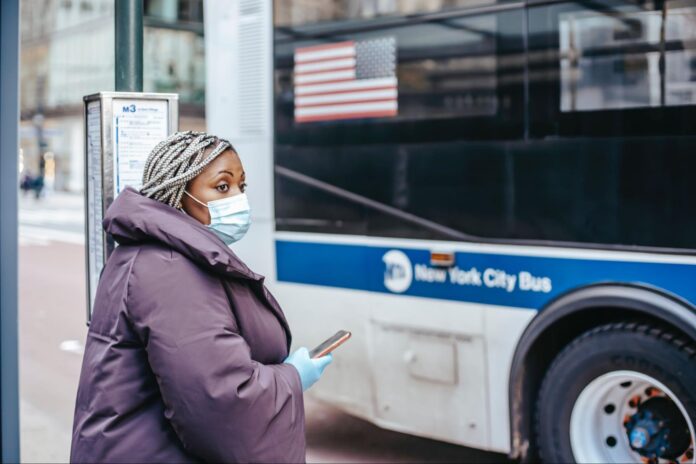
The recent repeal of mask mandates around the United States has left many confused: are masks still effective at preventing COVID-19? Do we still need to wear one if no one else is? We took the time to find some answers to make it clear on how to protect yourself and others from the threat of coronavirus.
By Cori Zaragoza, Staff Writer
Am I still protected if I’m the only one wearing a mask?
A study by the New York Times proved that high quality masks work at preventing the spread of COVID-19 and they work even better when everyone around you is wearing one. But what if you’re the only one? Studies by the NYT show that there is a good amount of evidence that masks still highly protect wearers, even when around others that are maskless.
Health experts with the NYT say that the level of protection that one gets from masks depends on the quality of the mask, and they recommend using masks such as the N95, KN95, and KF94 style, especially to protect against new variants and strains that may arise.
A February 2021 study by the Centers for Disease Control and Prevention (CDC) found that with a proper mask, such as a N95 that fits tightly, one can reduce exposure to COVID-19 by almost 65%. That number jumps to 83% when double masking by covering a surgical mask with a cloth mask.
Should I still wear a mask on public transportation?
Health experts with the NYT say that how well a space is ventilated, as well as how much time you are exposed to an infected person, affects your risk of getting COVID-19.
Airplanes utilize high-efficiency particulate (HEPA) filters to circulate cabin air, and the NYT says that the filters are usually quite effective at reducing the transmission of viruses. However, a December 2021 study by ScienceDirect and the Journal of Air Transport Management showed that passengers sitting in the same row or one row over from a person who is infected with COVID-19 had a high risk of becoming infected.
Additionally, many planes may not have the air circulation at a high strength or may turn the HEPA filter off completely while boarding and deplaning, leaving passengers at risk for exposure. The study concluded that wearing a mask while on an airplane reduced the risk of infection by 54%.
Buses, trains, and other forms of public transportation may be even riskier because of the lack of air filtration, according to Dr. Linsey Marr, an expert in airborne transmission of viruses from Virginia Tech. In a New York Times article, Dr. Marr is quoted as saying “I would say buses are probably the riskiest…The virus is going to be in the air, no question in my mind, because there’s still large numbers of cases.”
When approaching high-risk situations, such as going on a plane ride, it is important to understand the risks associated with going mask-less. Whether you use public transportation or not, using a high quality mask will always protect against potential exposures to COVID-19 and keep you and the ones around you safe and healthy.
READ MORE LIKE THIS:
Court Ruling Creates Mishmash Of Transportation Mask Rules
What Is The Best Mask For COVID-19?

